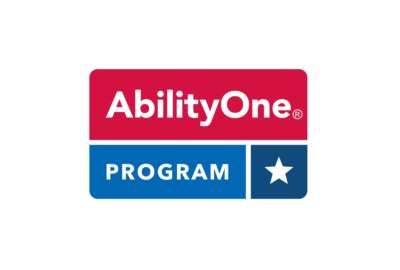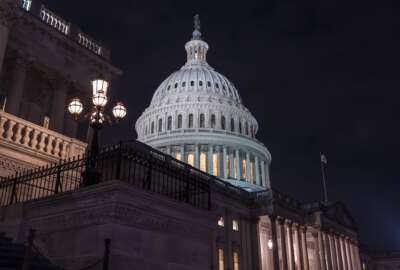Public Buildings Service takes up Net Zero Challenge
Bob Peck, commissioner of GSA\'s Public Buildings Service, says his agency is leading by example in energy efficiency.
wfedstaff | June 4, 2015 1:24 pm
By Michael O’Connell
Web Editor
Federal News Radio
Not only is the General Services Administration challenging the private sector to help reduce energy use at federal buildings, the agency is leading the way in energy efficiency itself.
The GSA recently commissioned Pacific Northwest Labs to study the energy efficiency of federal buildings. It found that 22 buildings are 25 percent more energy efficient than comparable private buildings.
“What I love even more is that they found that they are among our most popular buildings with our tenants, because people seem to sense that there’s better air quality, there’s more daylight, so that should lead to more productive buildings as well,” said Bob Peck, the commissioner of the Public Buildings Service at the GSA.
“We have an obligation to spend taxpayer money to help the private sector get greener,” Peck said. “I would like to see that in our buildings that we have an energy reduction that makes people stand up and notice.”
Peck spoke Monday to the Federal Drive with Tom Temin and Amy Morris from the 2011 GreenGov Symposium.
Opened in 2007, the San Francisco Federal Building is an example of a green building that’s garnered a lot of notice and that’s popular with its tenants. “The building does save energy over private sector and federal buildings in the same area,” Peck said.
But it’s not just the new buildings that are seeing improvements in energy efficiency.
“Some of the buildings, even in Washington, in recent years that we’ve renovated have become pretty green,” he said, pointing to the recently renovated Justice Department building. “It’s greener than it was before because we’ve been able to update the chillers and the air conditioning and all that.” Even the GSA’s Washington, D.C., headquarters, which was completed in 1917, is undergoing an energy efficient upgrade.
In some cases, older buildings can even offer lessons in efficient design, Peck said. In the past, architects designed to take advantage of the natural lighting and environment. Peck described it as “back to the future” thinking.
“The windows are huge in all the Federal Triangle buildings and our building,” Peck said. “That means there’s a lot of daylight. You really don’t need a lot of lighting in those buildings. They had to build green back then.”
The Public Buildings Service has taken the GSA’s Net Zero Renovation Challenge to heart. “We are challenging ourselves really to see how many of our buildings we can get to net zero,” Peck said. “Net zero means that a building really doesn’t take any more energy out of the grid than it gives back. So on balance, it’s zero.”
Renovation is underway on the GSA’s first net-zero building — the historic Wayne Aspinal Federal Building in Grand Junction, Colo. “We’re doing everything you can imagine, very efficient heating and air conditioning, solar collectors,” Peck said.
“What you’d really love to do is have a building that basically doesn’t use any energy, if that’s at all possible,” Peck said. But since all buildings use energy, the best thing to aim for is having the building produce more energy than it is taking from the grid.
“We’ve looked at doing that at some of our land ports of entry on the border, where you can put up wind turbines and solar collectors and really generate a lot of energy, and balance the little bit of energy that you’re using at those places,” Peck said.
Copyright © 2024 Federal News Network. All rights reserved. This website is not intended for users located within the European Economic Area.





